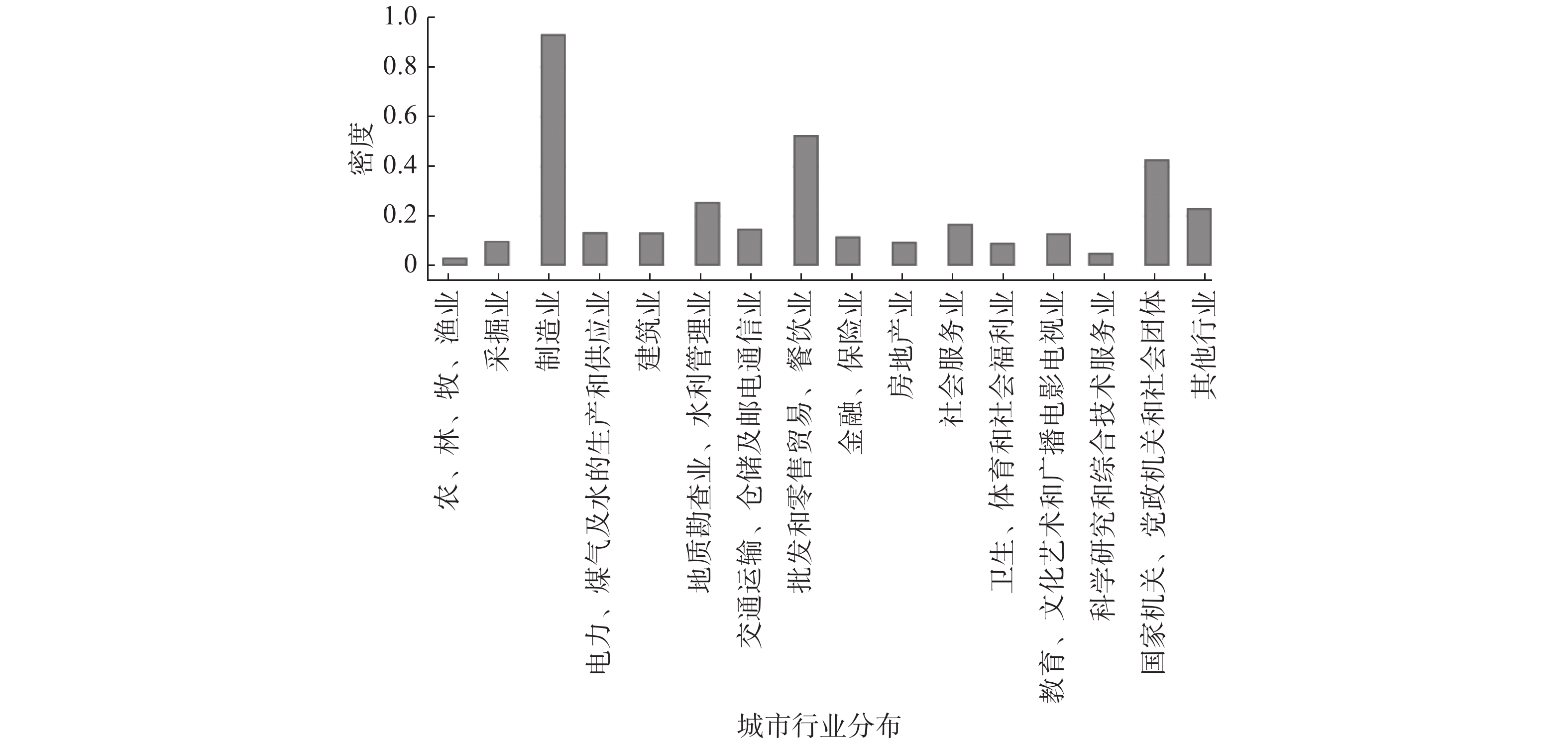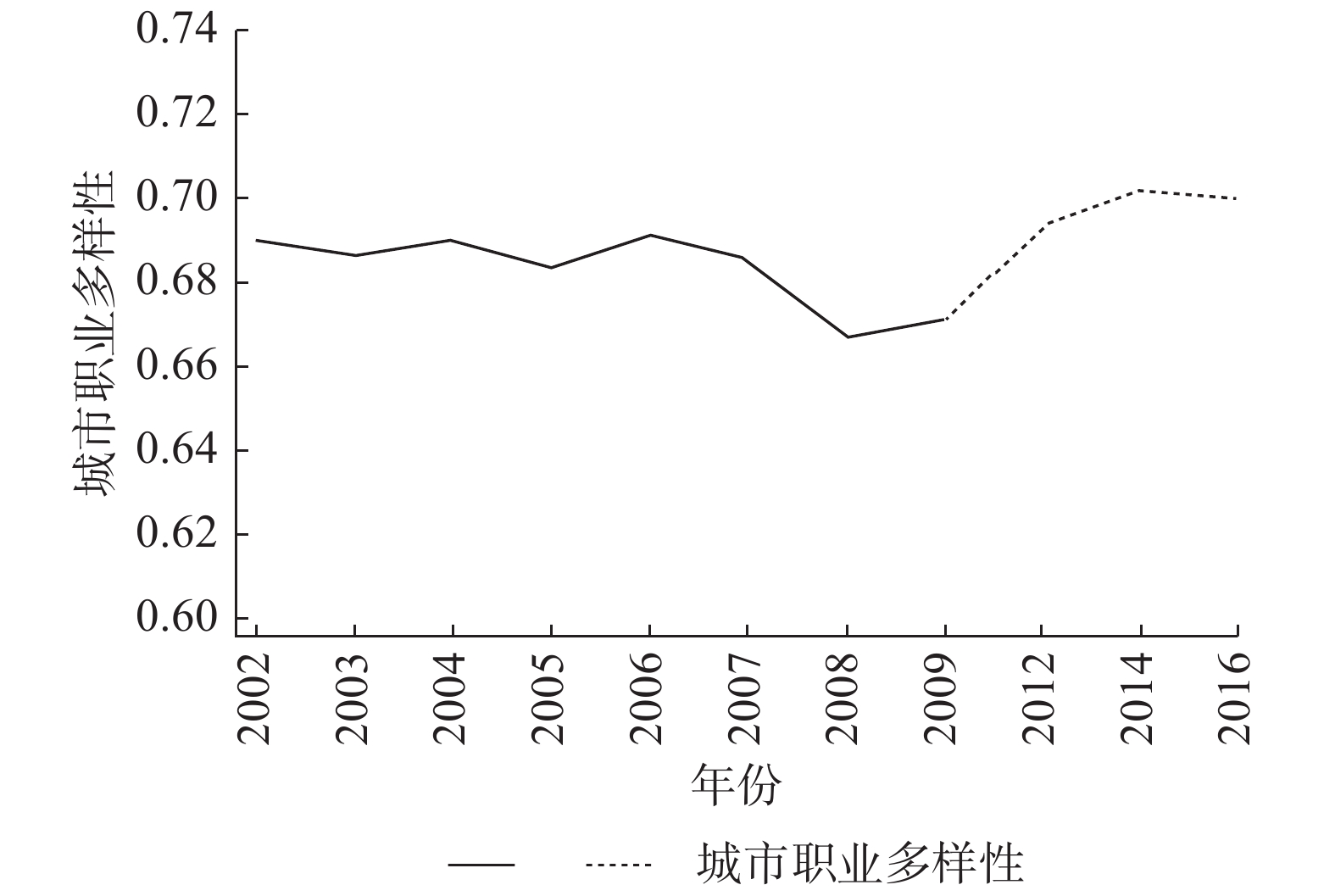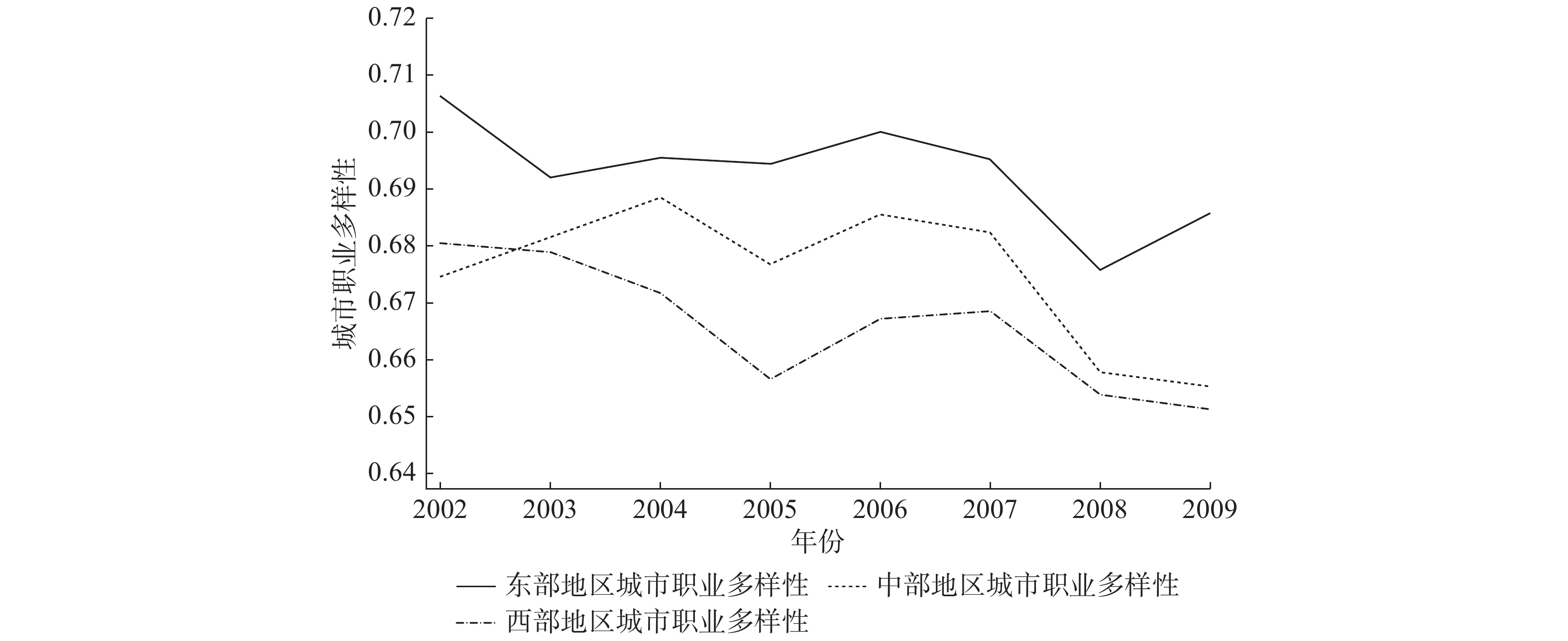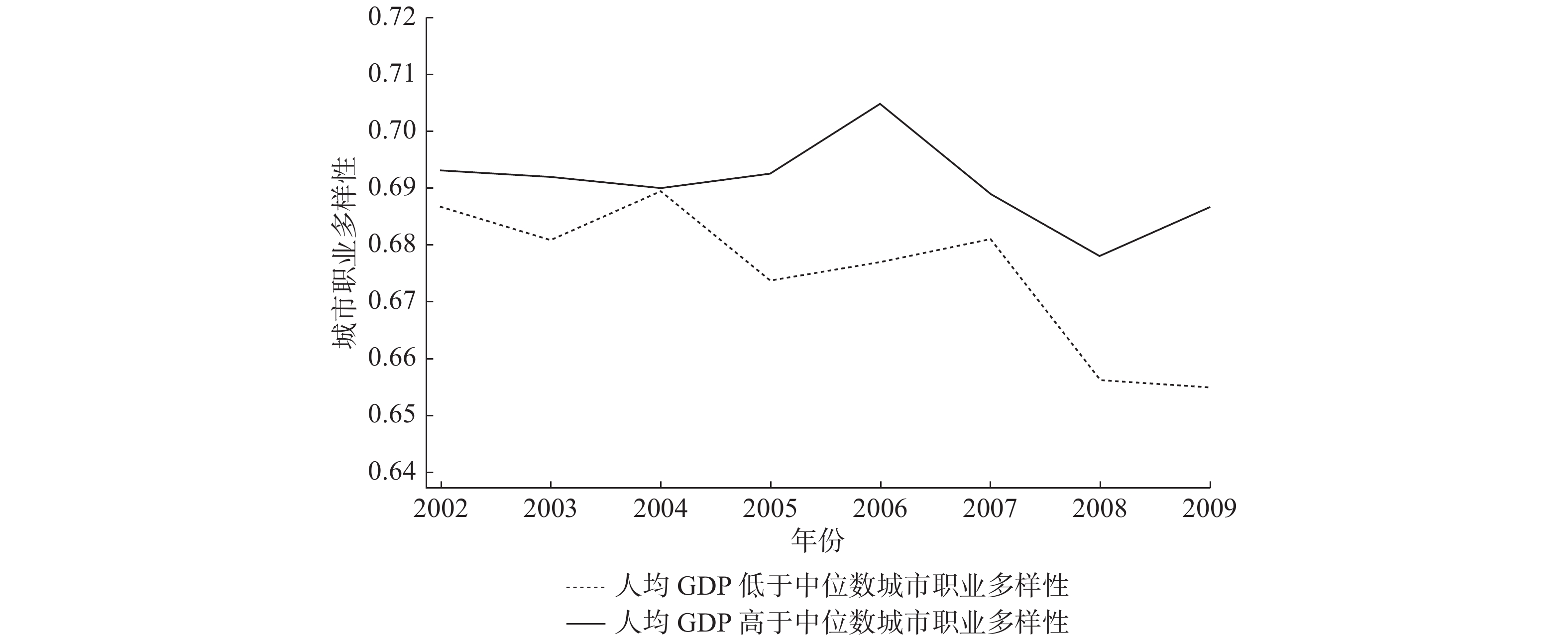Measurement, Trends and Policy Implications of Urban Occupational Diversity in China
- Available Online: 2021-08-20
Abstract: This paper innovatively measures the occupational diversity and trends in Chinese cities from the perspective of the distribution of urban occupational types, and explores the influence of urban characteristics on urban occupational diversity, with a view to providing reference for guiding the full and high-quality employment in cities. Based on the improved Herfindahl index, the fixed effect model of panel data and the Oaxaca-Binder decomposition method, we found that the occupational diversity in Chinese cities decreased first and then increased during the period from 2002 to 2016, which was due to the adjustment of urban industrial structure and the emergence of new economy after the financial crisis. At the same time, the larger the city size, the higher the administrative level and the more developed the economy, the higher the degree of occupational diversity. In the context of promoting full and high-quality employment in cities, the conclusions of this paper are helpful to intuitively understand the current situation of job distribution, industrial structure and division of labor in different cities, evaluate the human resource structure and economic development potential of cities, and then provide reference for different cities to formulate industrial development and human resource policies.




 沪公网安备 31010102003103号
沪公网安备 31010102003103号 DownLoad:
DownLoad:





